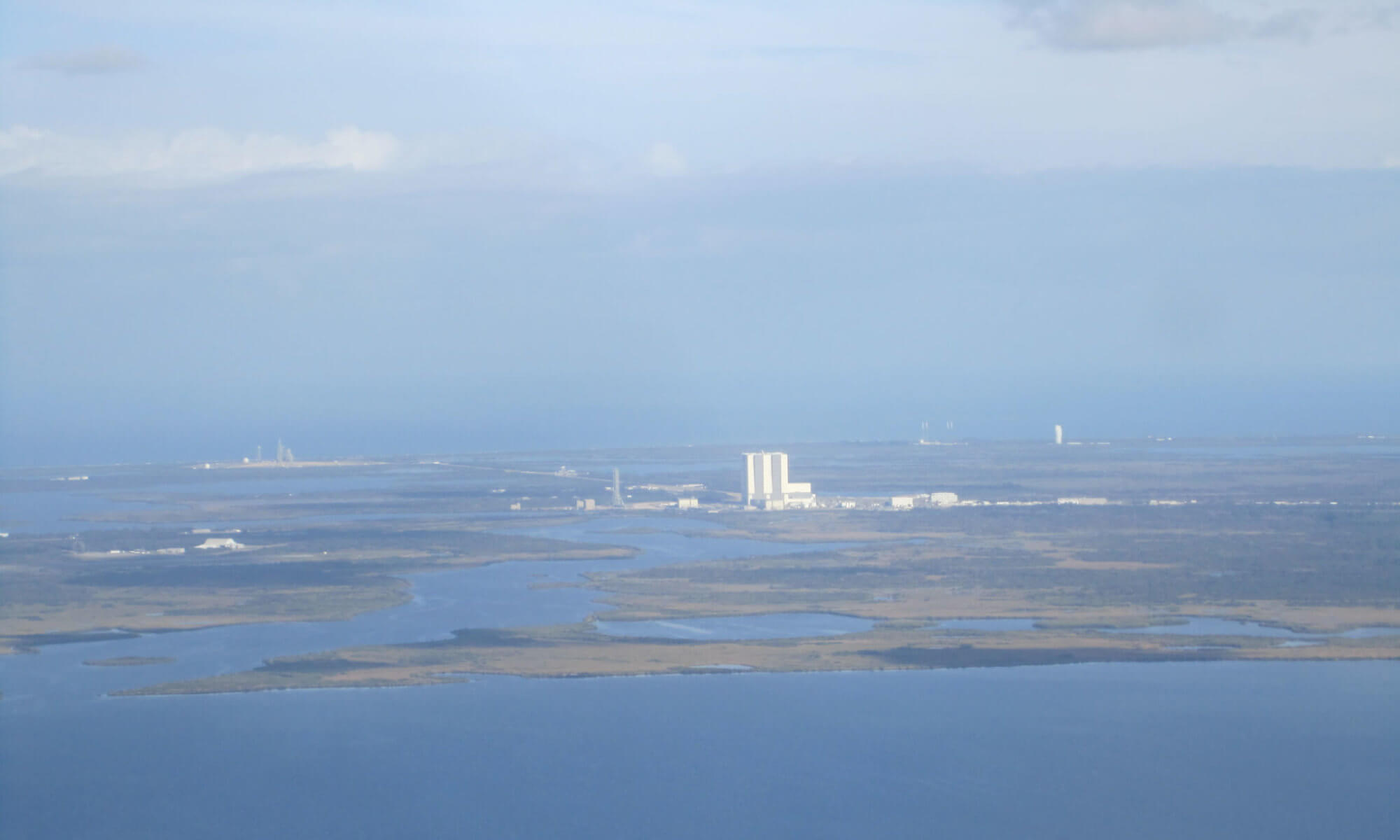 In the second half of the 21st Century, the ship Rockhopper is the base for a crew of hardcore ice miners. Much like the crew of the Nostromo in Alien or the workers of the Deep Core in The Abyss, these are not space heroes but no-nonsense blue-collar worker types. The company sucks them dry but they get the job done.
In the second half of the 21st Century, the ship Rockhopper is the base for a crew of hardcore ice miners. Much like the crew of the Nostromo in Alien or the workers of the Deep Core in The Abyss, these are not space heroes but no-nonsense blue-collar worker types. The company sucks them dry but they get the job done.
Janus, a small inner moon of Saturn, is observed to be moving out of its orbit, seemingly of its own power. Rockhopper is the only ship close enough to intercept what can only be alien artifact. As it nears Janus, Rockhopper is caught in a gravitational field from which it cannot escape, carrying it along for years until it reaches a vast alien artifact soon dubbed The Structure.
Mr. Â Reynolds anchors the narrative on two strong women, Bella Lind and Svetlana Barseghian; fast friends who fall out as they disagree on how to deal with the challenges faced by the marooned crew of the Rockhopper. The novel jumps smoothly between discrete events, sometimes separated by decades.
The enigma of The Structure is disturbing on many levels, but before being able to even hope to probe it, the small contingent of humans must ensure their very survival. And so, in an isolated corner of an alien place they know nothing about, humans must thrive despite their factional nature and penchant for disagreement. Despite its often intimidating scope, this novel is a joy to read. Ingeniously plotted, epic in scope, and yet intimate in its exploration of humanity.














